Ceramic. Hand painted.Diametr: 19 cm. Aspects of production .
Based on 0 reviews
0.0 overall
0
0
0
0
0
Be the first to review “Decorative plate” Cancel reply
Related products
-
Category: Ceramic
Candlelight
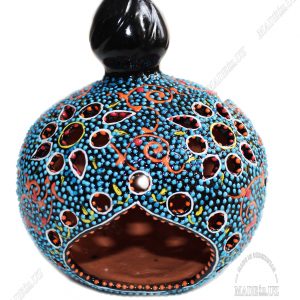 Category: Ceramic
Category: CeramicCandlelight
0 out of 5(0)ID:DsgnCrm-A00003
Масса: 250 gr.
Time of production: 14 daysSKU: DsgnCrm-A00003Price: 27.00 $ -
Category: Ceramic
Candlelight
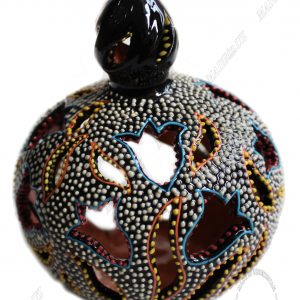 Category: Ceramic
Category: CeramicCandlelight
0 out of 5(0)ID:DsgnCrm-A00038
Масса: 500 gr.
Time of production: 14 daysSKU: DsgnCrm-A00038Price: 27.00 $
Related items
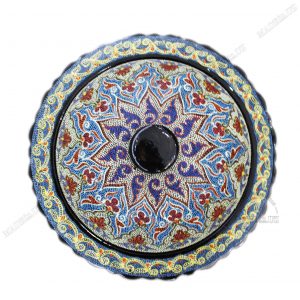
Dish for the hot meals
Price: 80.00 $
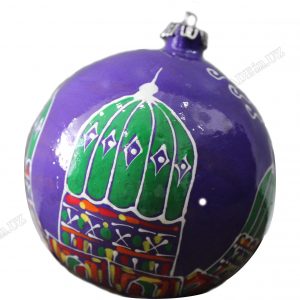
Christmas ball “Samarkand”
Price: 20.00 $

Salad bowl set
Price: 25.00 $
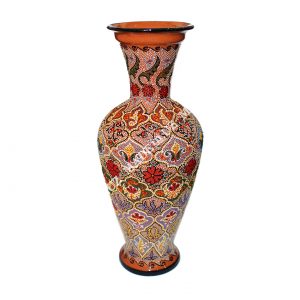
Vase
Price: 65.00 $

Christmas ball
Price: 20.00 $

Plate fish
Price: 80.00 $
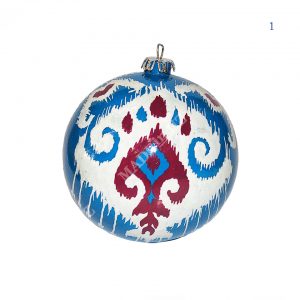
Christmas ball
Price: 20.00 $
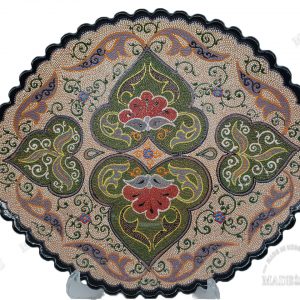
Plate
Price: 100.00 $
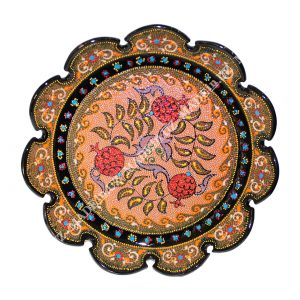
Plate
Price: 25.00 $

Vase
Price: 30.00 $
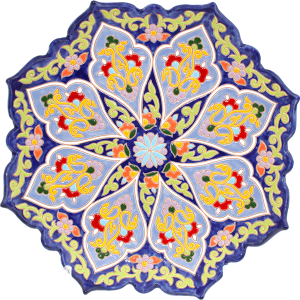
Plate
Price: 80.00 $
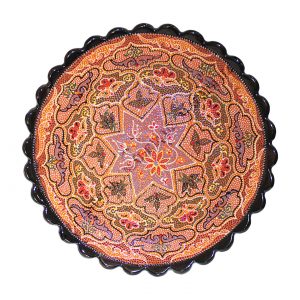
Plate
Price: 25.00 $

Plate
Price: 80.00 $

Plate
Price: 130.00 $
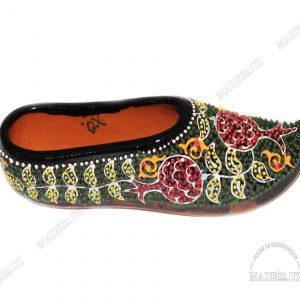
Clog
Price: 15.00 $
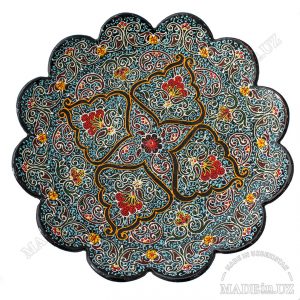
Plate
Price: 80.00 $
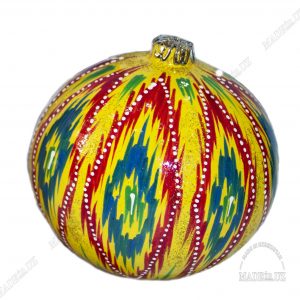
Christmas ball
Price: 20.00 $

Candlelight
Price: 27.00 $
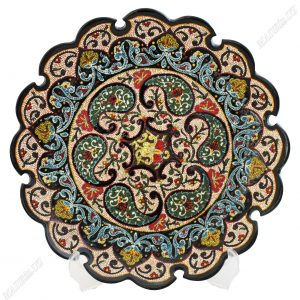
Plate
Price: 80.00 $
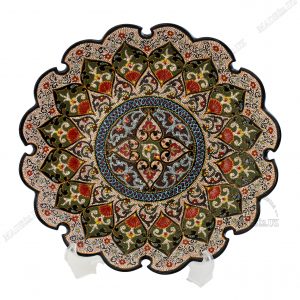
Plate
Price: 80.00 $
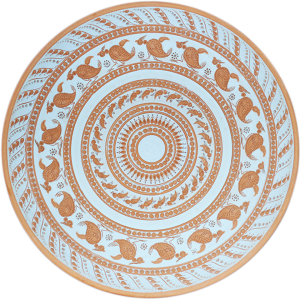
Decorative lagan “Semurg”
Price: 415.00 $

Christmas ball
Price: 20.00 $
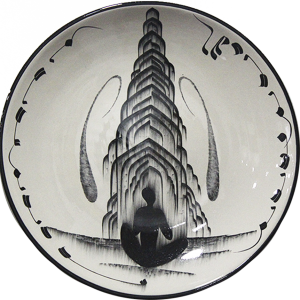
Decorative lagan “Contact”
Price: 315.00 $
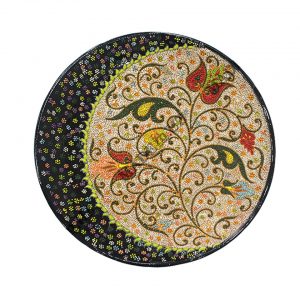
Plate
Price: 80.00 $
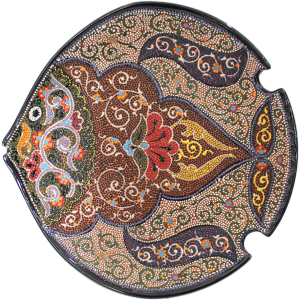
Plate fish
Price: 40.00 $
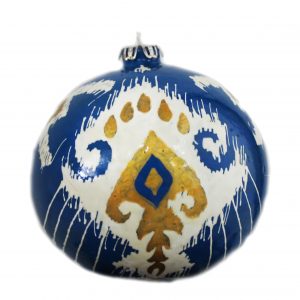
Christmas ball
Price: 20.00 $
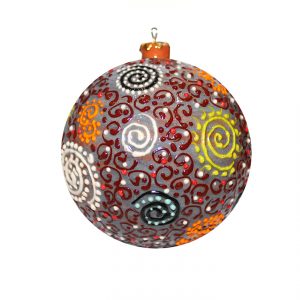
Christmas ball
Price: 26.00 $
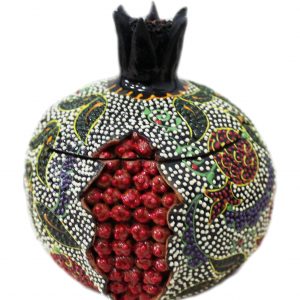
Pomegranate box
Price: 17.00 $
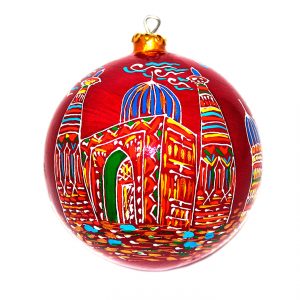
Christmas ball “Samarkand”
Price: 20.00 $
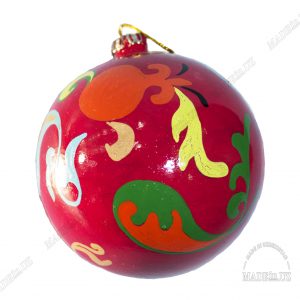
Christmas ball
Price: 20.00 $

Vase
Price: 30.00 $
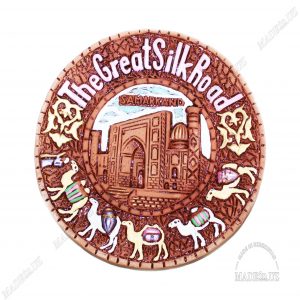
Decorative plate
Price: 15.00 $

Christmas ball
Price: 20.00 $
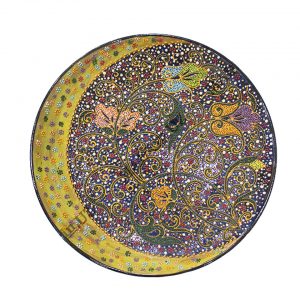
Plate
Price: 80.00 $
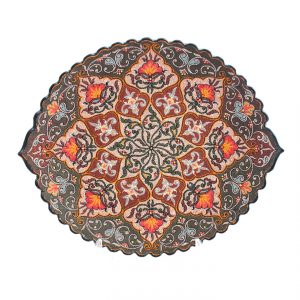
Plate
Price: 100.00 $

Lagan
Price: 130.00 $

Christmas ball
Price: 20.00 $
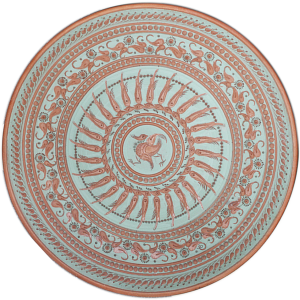
Decorative lagan “Birds of Uzbekistan”
Price: 415.00 $
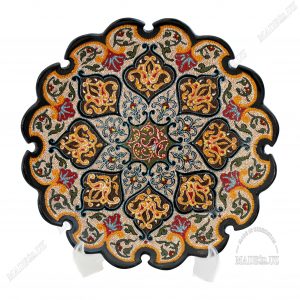
Plate
Price: 80.00 $
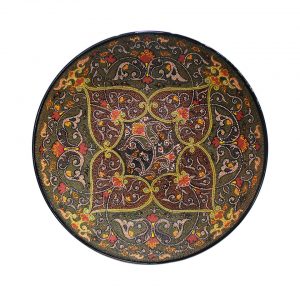
Plate
Price: 130.00 $
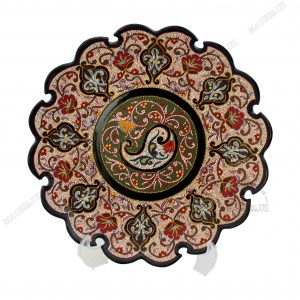
Plate
Price: 80.00 $
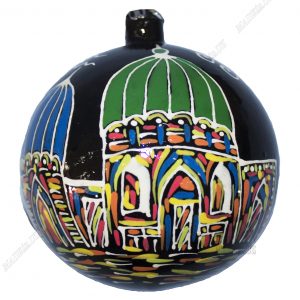
Christmas ball “Samarkand”
Price: 20.00 $
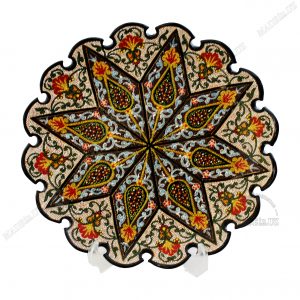
Plate
Price: 80.00 $
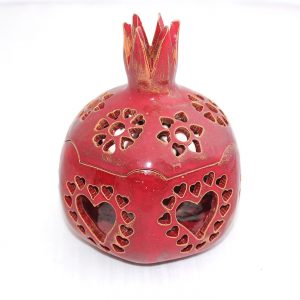
Candlelight
Price: 17.00 $
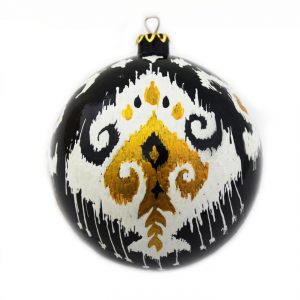
Christmas ball
Price: 20.00 $
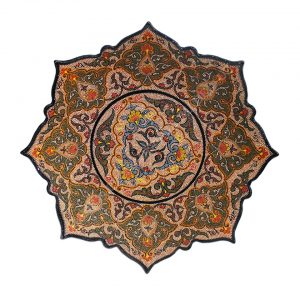
Plate
Price: 100.00 $
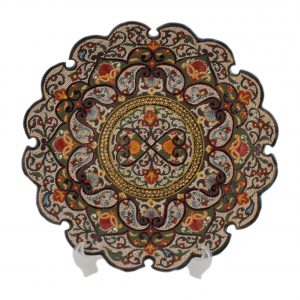
Plate
Price: 80.00 $
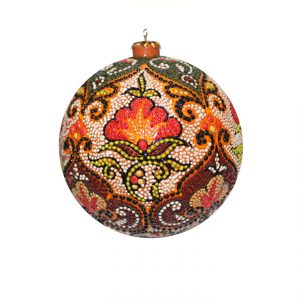
Christmas ball
Price: 26.00 $
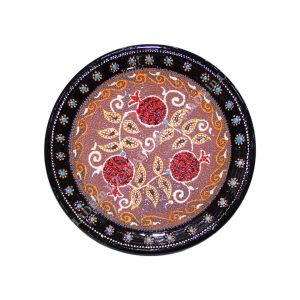
Plate
Price: 20.00 $

Pomegranate box
Price: 17.00 $
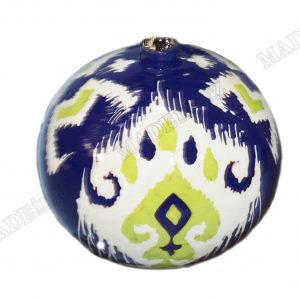
Christmas ball
Price: 20.00 $
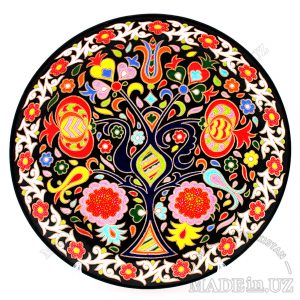
Lagan
Price: 80.00 $

Plate
Price: 80.00 $
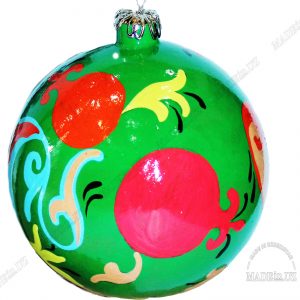
Christmas ball
Price: 20.00 $
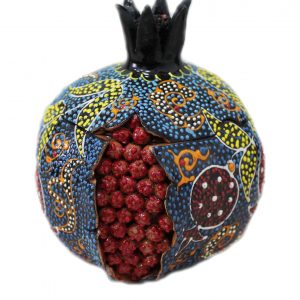
Pomegranate box
Price: 17.00 $

Panel
Price: 33.00 $

Christmas ball
Price: 20.00 $
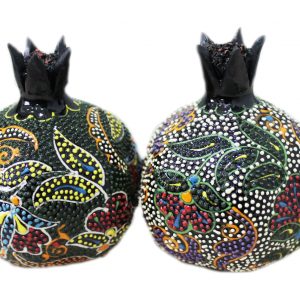
Pomegranate figure
Price: 21.00 $
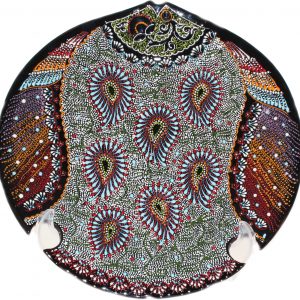
Plate fish
Price: 70.00 $
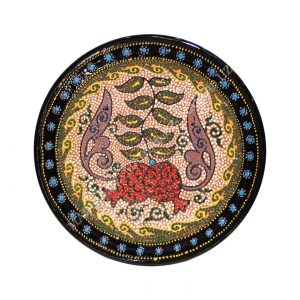
Plate
Price: 20.00 $
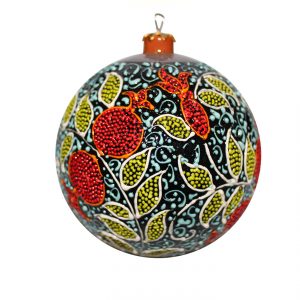
Christmas ball
Price: 26.00 $
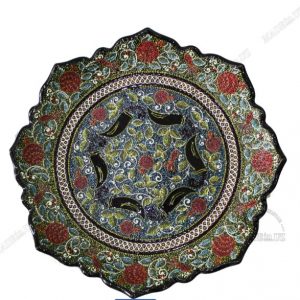
Plate
Price: 80.00 $

Plate
Price: 80.00 $
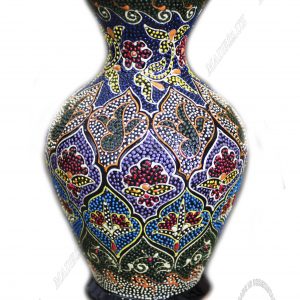
Vase
Price: 36.00 $
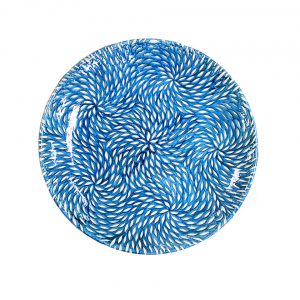
Lagan
Price: 130.00 $

Vase
Price: 65.00 $
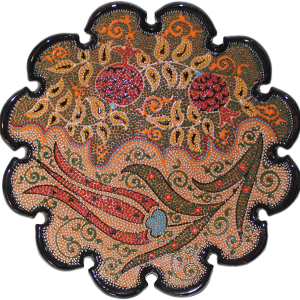
Plate
Price: 25.00 $
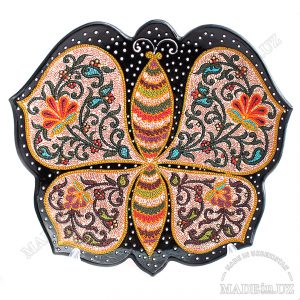
Plate butterfly
Price: 80.00 $
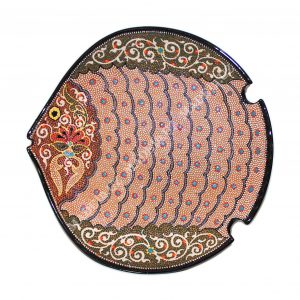
Plate fish
Price: 40.00 $
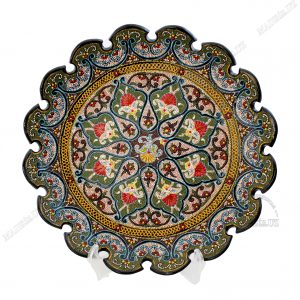
Plate
Price: 80.00 $

Plate fish
Price: 40.00 $
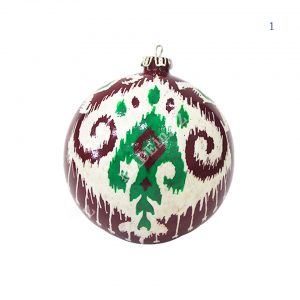
Christmas ball
Price: 20.00 $
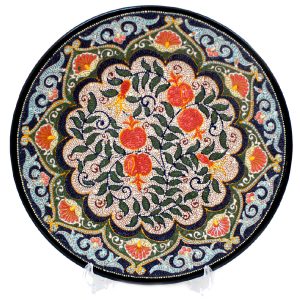
Plate
Price: 80.00 $

Vase
Price: 65.00 $
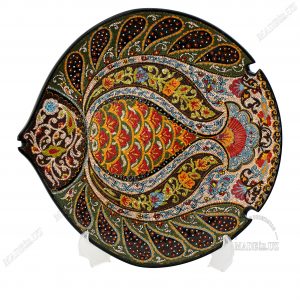
Plate fish
Price: 80.00 $
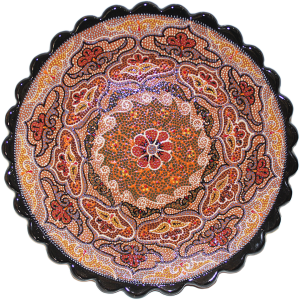
Plate
Price: 25.00 $
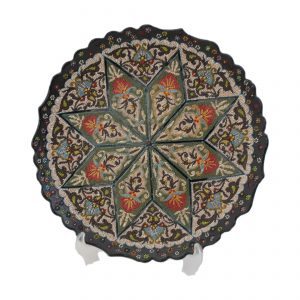
Plate
Price: 80.00 $
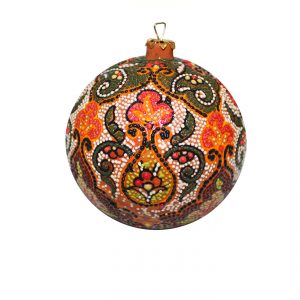
Christmas ball
Price: 26.00 $
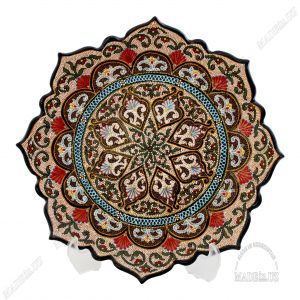
Plate
Price: 80.00 $
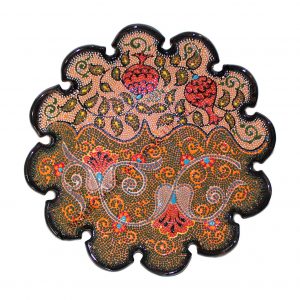
Plate
Price: 27.00 $
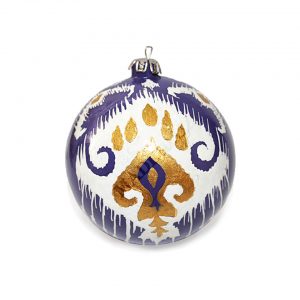
Christmas ball
Price: 20.00 $
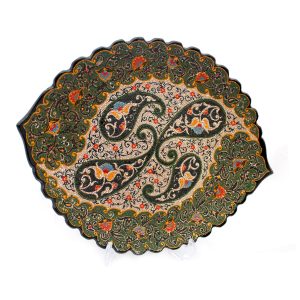
Plate
Price: 130.00 $
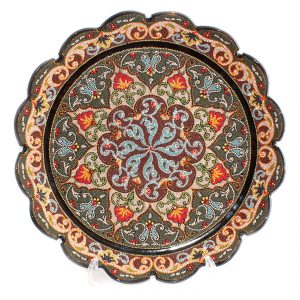
Plate
Price: 80.00 $
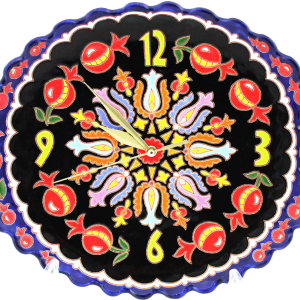
Clock
Price: 70.00 $

Vase
Price: 36.00 $
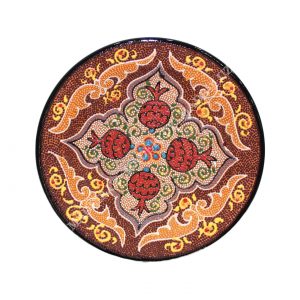
Plate
Price: 15.00 $

Plate
Price: 80.00 $
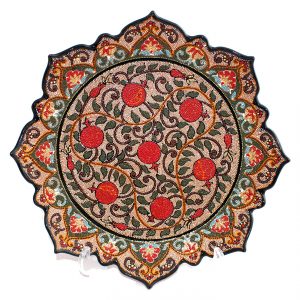
Plate
Price: 80.00 $
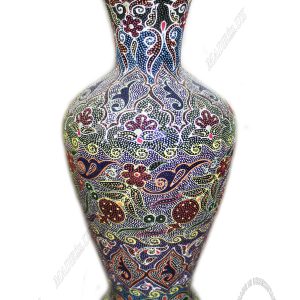
Vase
Price: 100.00 $
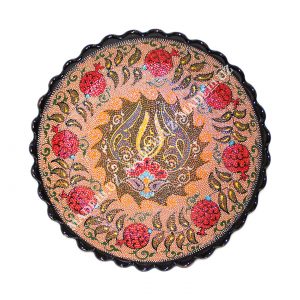
Plate
Price: 25.00 $
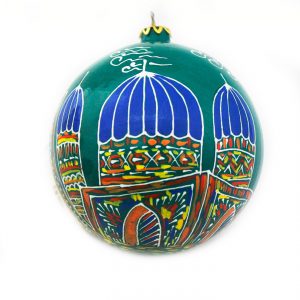
Christmas ball “Samarkand”
Price: 20.00 $
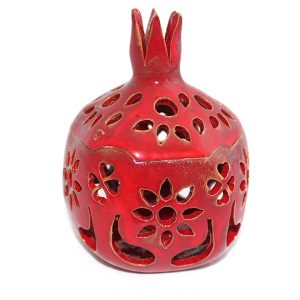
Candlelight
Price: 17.00 $

Plate
Price: 80.00 $
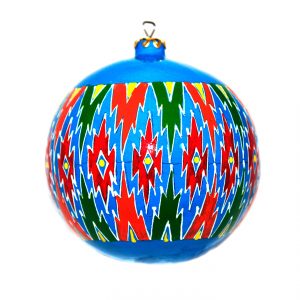
Christmas ball
Price: 20.00 $

Christmas ball
Price: 23.00 $
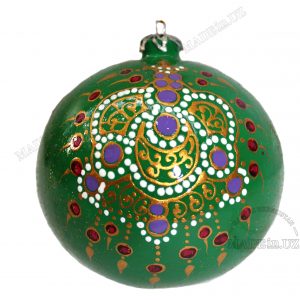
Christmas ball
Price: 23.00 $
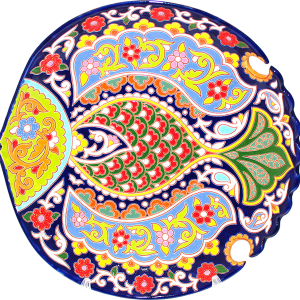
Plate fish
Price: 80.00 $

Vase
Price: 30.00 $
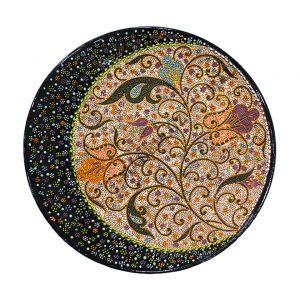
Plate
Price: 80.00 $
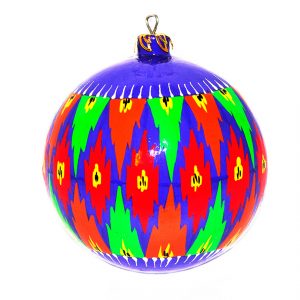
Christmas ball
Price: 20.00 $

 Language
Language
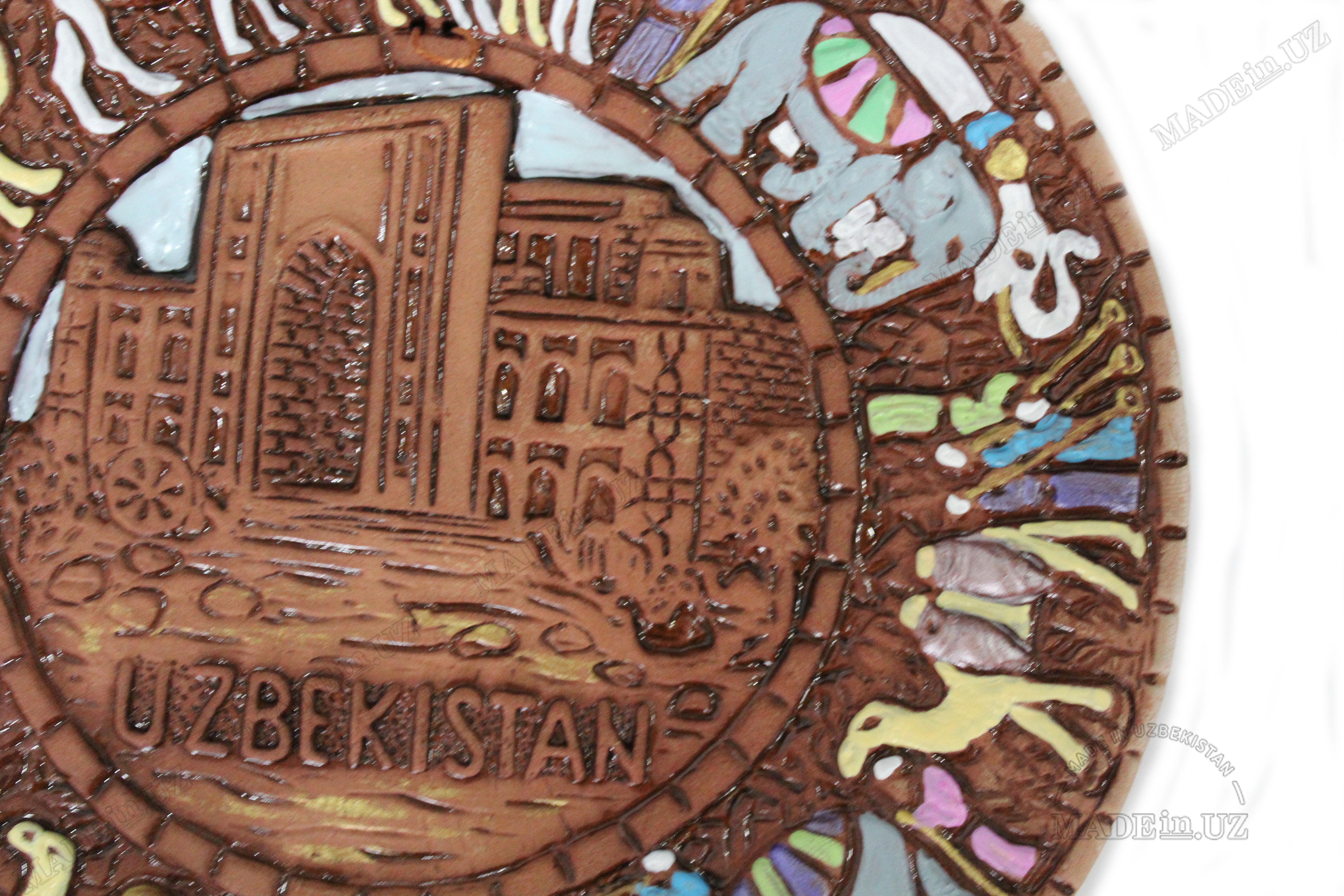
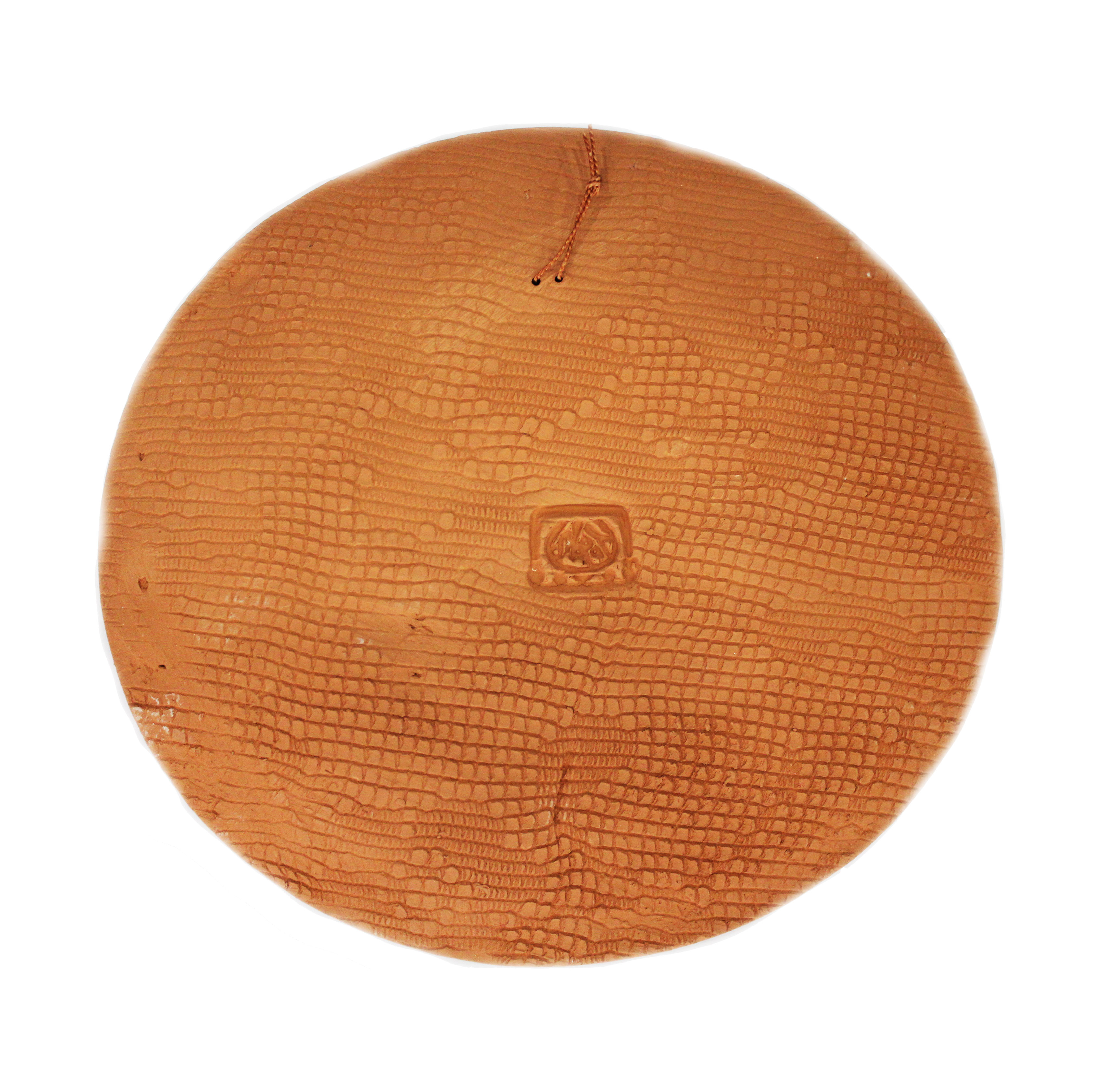
There are no reviews yet.